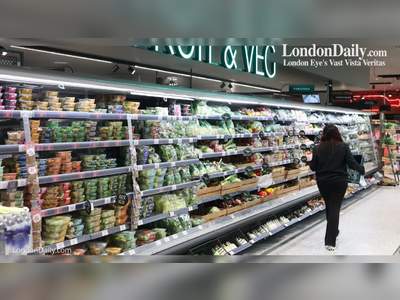
What 'net-zero carbon' really means for cities
London, like the rest of the UK, is committed to becoming net-zero carbon by 2050. That means greenhouse gas (GHG) emissions would be dramatically slashed and any remaining emissions offset, neutralising environmental impact and slowing climate change.
But how does a city choked with traffic and packed full of carbon-emitting processes and structures – from fossil fuel-generated energy to steel skyscrapers – reach such a goal? And exactly how different would the urban environment look if it were net-zero?
If London’s population continues to rapidly grow – by 2050 it may be home to more than 11 million people – and the climate crisis accelerates, the challenge will only become more urgent. Transport, energy infrastructure, waste, new construction and existing architecture, all need to be take steps to achieve carbon neutrality.
Transport
In the UK, transport is the largest source of carbon dioxide (CO2) emissions, damaging both the environment and public health. When we imagine the city of the future, novelties like flying cars may come to mind – but a decarbonised future for transport might mean no cars at all. Realistically, it’s about shifting the ratio of transport modes.
At last count in 2018, 37% of trips in London were made by car or motorcycle, 36% of trips by public transport and 2.6% by bicycle (the rest were walked or described as “other”). In order to achieve a net-zero city, and reduce toxic air pollution, the proportion of trips made by car would need to drastically reduce.
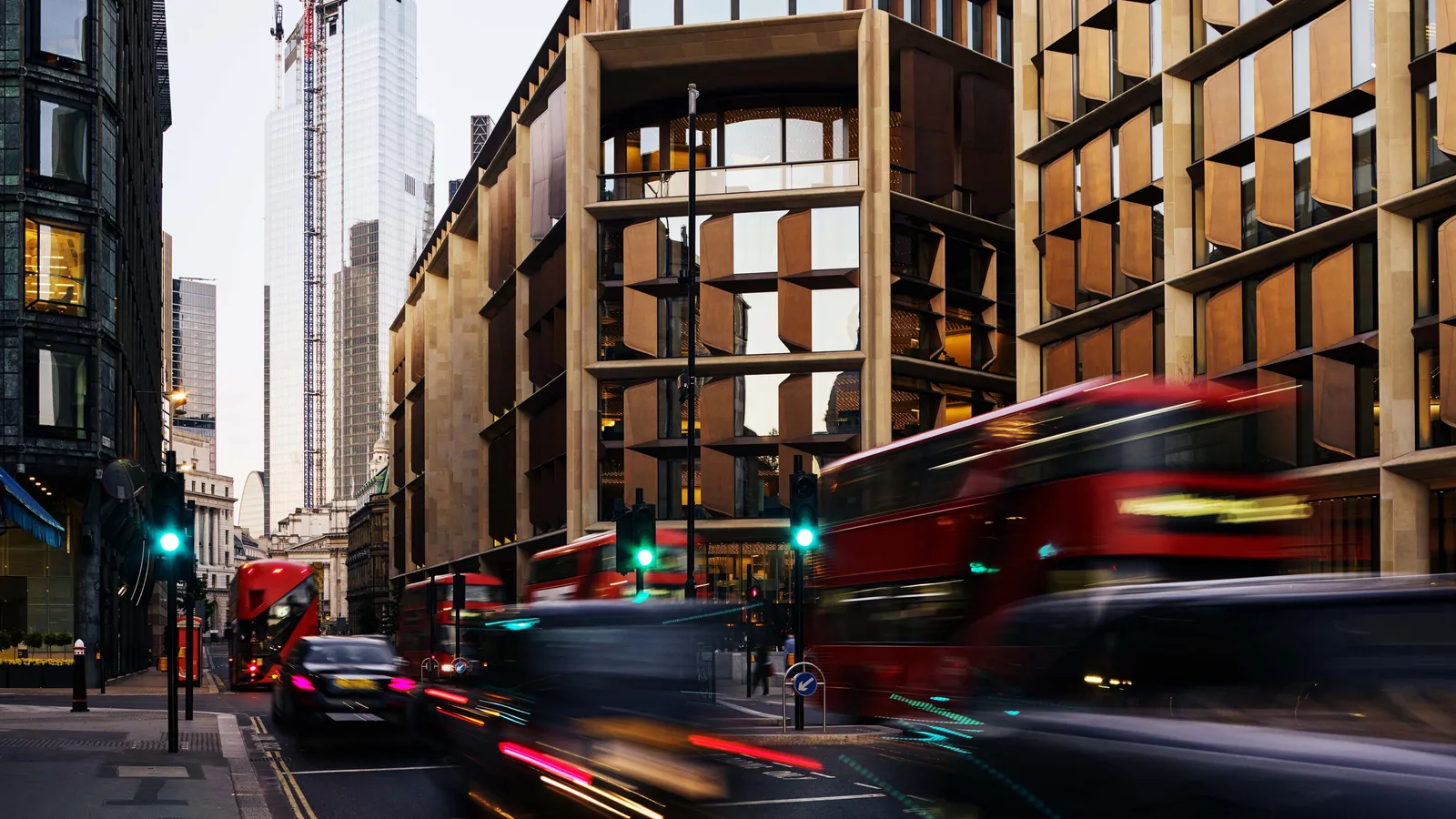
Efforts such as London’s congestion charge, its Ultra Low Emission Zone and the UK’s plan to ban all new petrol and diesel cars by 2035 are the first steps towards achieving this. In London’s current environment plan, local zero-emission zones will be introduced in 2025, which will then be expanded until they extend citywide.
In order to get to net zero by 2050, we would need nearly a 60% reduction in car mileage, even if all cars were low emission, by 2035
But this could simply result in a city full of ultra-low-emission vehicles. Even if all cars were replaced with electric models, this wouldn’t be a catch-all solution. While emission-free at the point of use, electric cars still create some carbon emissions due to manufacturing and maintenance impacts.
They also still contribute to congested roads. According to the London Cycling Campaign, in order to get to net zero by 2050, we would need nearly a 60% reduction in car mileage, even if all cars were low emission, by 2035.
The UK government’s recent De-Carbonising Transport report outlines a strategy for reducing overall car use, promoting the “natural first choice” to be public transport and emissions-free modes of travel like walking and cycling.
This was further supported by measures to support active travel during the coronavirus pandemic: a £2bn ($2.6bn) national grant, and in London, temporary cycling lanes and car-free zones, some of which could become permanent. But in the long term, alternatives to the car – cycling and public transport specifically – have to be appealing, accessible, convenient and affordable to convince people to use them.
The built environment is responsible for around 40% of the UK’s total carbon footprint
Although much more sustainable than fuel-powered cars, public transport could still be greener. London buses on average emit 73.6g of CO2 per passenger km, according to Transport for London (TfL) data.
Figures for the London Underground and Docklands Light Railway, for instance, are 55g and 47.1g respectively. In efforts to improve the situation, mayor Sadiq Khan has promised the city’s bus fleet will have zero emissions by 2037 and that the London Underground will be powered fully by zero-carbon sources by 2030.
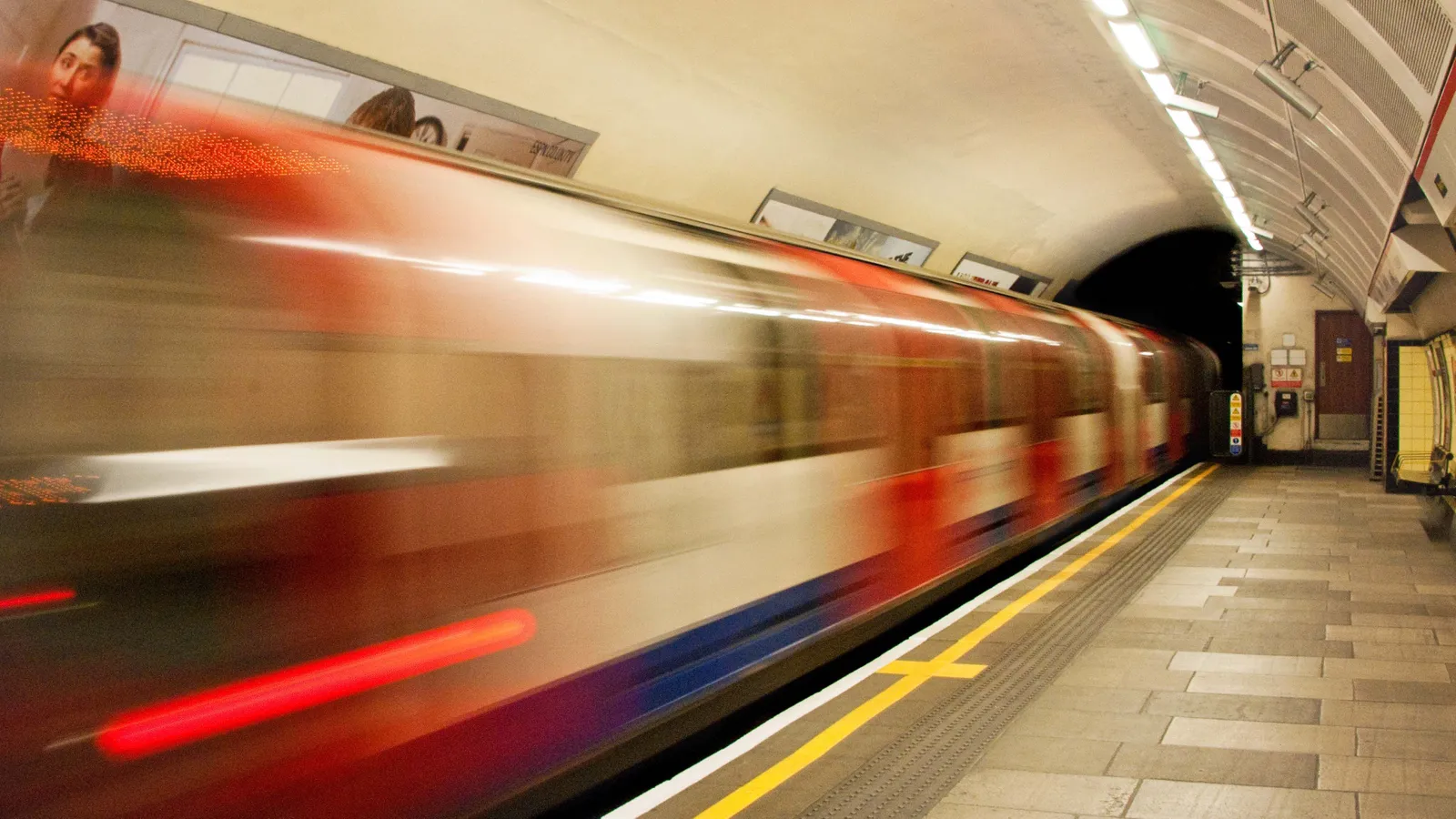
Cycling, however, is completely emission-free at the point of use. “We need a mass shift to cycling, public transport and car clubs/sharing if we are to achieve both a zero-carbon London by 2030 and improve public health,” says London Cycling Campaign’s chief executive Ashok Sinha.
But in order to accommodate more cycling, safe and widespread infrastructure is vital. “London needs a high-density, city-wide cycling network. This will involve a combination of extensive cycling infrastructure, as exemplified by the Netherlands, and low-traffic neighbourhoods – places where local traffic only is permitted.”
Buildings
The built environment is responsible for around 40% of the UK’s total carbon footprint, according to the UK Green Building Council – and is another aspect of the city that needs to be rethought to achieve net-zero status.
Reducing buildings’ carbon emissions means looking at the choice of materials and construction methods as well as energy efficiency. Architects are increasingly paying attention to the “embodied carbon” of a building.
This can comprise the carbon emissions of extracting, processing, manufacturing, packaging and transporting the materials used, as well as construction on site, maintenance over lifespan and what happens after the building is demolished.
Peter Clegg, architect and co-founder of British firm Feilden Clegg Bradley Studios, has long been committed to low-carbon architecture. In 2019, Clegg’s practice undertook a research project studying the embodied carbon of common building materials.
Analysing the amount of carbon emitted per cubic metre of each material, the project demonstrated that glass and steel were among the materials with the highest carbon impact, while more sustainable, low-carbon options include brick, stone and cross-laminated timber (CLT) – especially if they are locally sourced.
Steel, for instance – which is often used for building skyscrapers – is responsible for at least 7% of global CO2 emissions, releasing 12.2 tonnes of CO2 per cubic metre used, in part due to the heating process involved in making it.
Concrete produces 550kg (1,200lb) CO2 per cubic metre used, but its main ingredient, cement, is responsible for about 8% of global CO2 emissions due to its widespread use as cities rapidly develop.
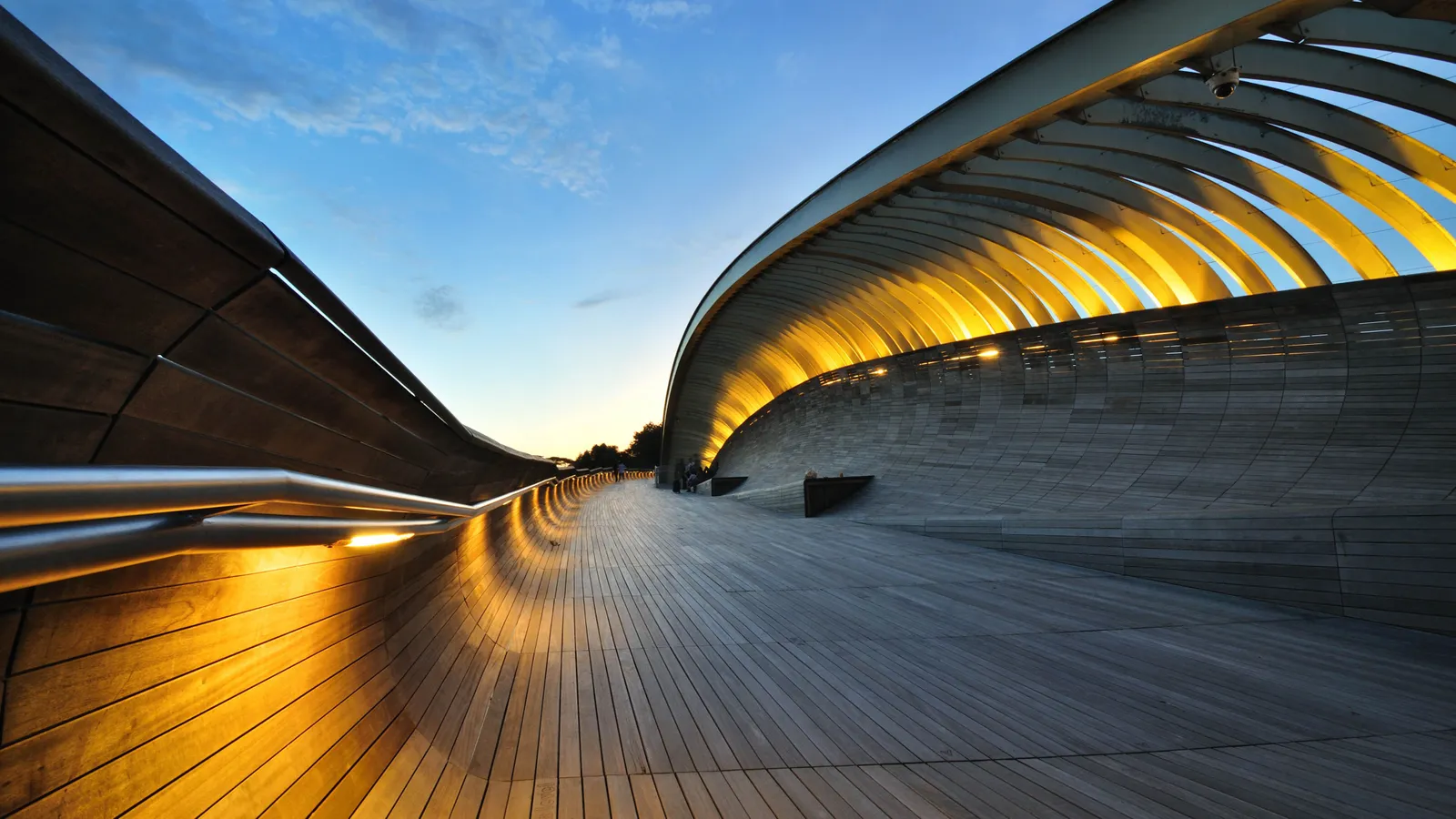
Timber has much lower embodied carbon, however, and CLT is actually a carbon negative material (sequestering more carbon than it emits). CLT is made from trees grown for around 40 years in a managed forest before being harvested, cut and pressed together with adhesive.
The trees absorb and sequester carbon as they grow, so that CLT effectively absorbs 600kg (1,300lb) CO2 per cubic metre. CLT is also strong enough to be used structurally, with quick construction and reduced waste. (Read more about timber buildings as a solution to climate change)
“In terms of design, the main aim is to reduce the use of concrete and work more with timber,” says Linda Thiel, London studio director of Swedish practice White Arkitekter. “In Sweden, we would typically work with timber construction where we are delivering buildings of up to 20 storeys. But the change in legislation in the UK has precluded this.”
UK restrictions on the use of timber in high-rise buildings were implemented following the Grenfell Tower tragedy, even though timber was not part of the building’s design.
Suggestions the ban may now be extended further have led to a campaign outlining the importance of structural timber in tackling the climate crisis, and its relative safety in a fire.
White Arkitekter has committed to reaching net zero in its projects by 2030. The practice is currently delivering a Climate Innovation District in Leeds, which includes 516 low-energy homes in a cycle- and pedestrian-friendly neighbourhood with climate-resilient green and open spaces.
“By integrating natural materials such as timber frames and the latest technology, the neighbourhood’s climate footprint is greatly reduced,” explains Thiel. The timber-framed design approach stores 23 tonnes of carbon for each house and saves 88 tonnes of emitted CO2 compared with building an equivalent masonry house.
Beyond simply building anew, however, architecture has to embrace reuse and retrofitting to get to net zero. No matter how streamlined the process of construction, it will always emit carbon, especially if demolition is involved.
“Low-carbon architecture is completely aligned with the idea of retaining and upgrading our existing built heritage,” says Peter Clegg. “The future of architecture lies in green retrofit projects – perhaps not as sexy as new buildings, but far more environmentally significant.”
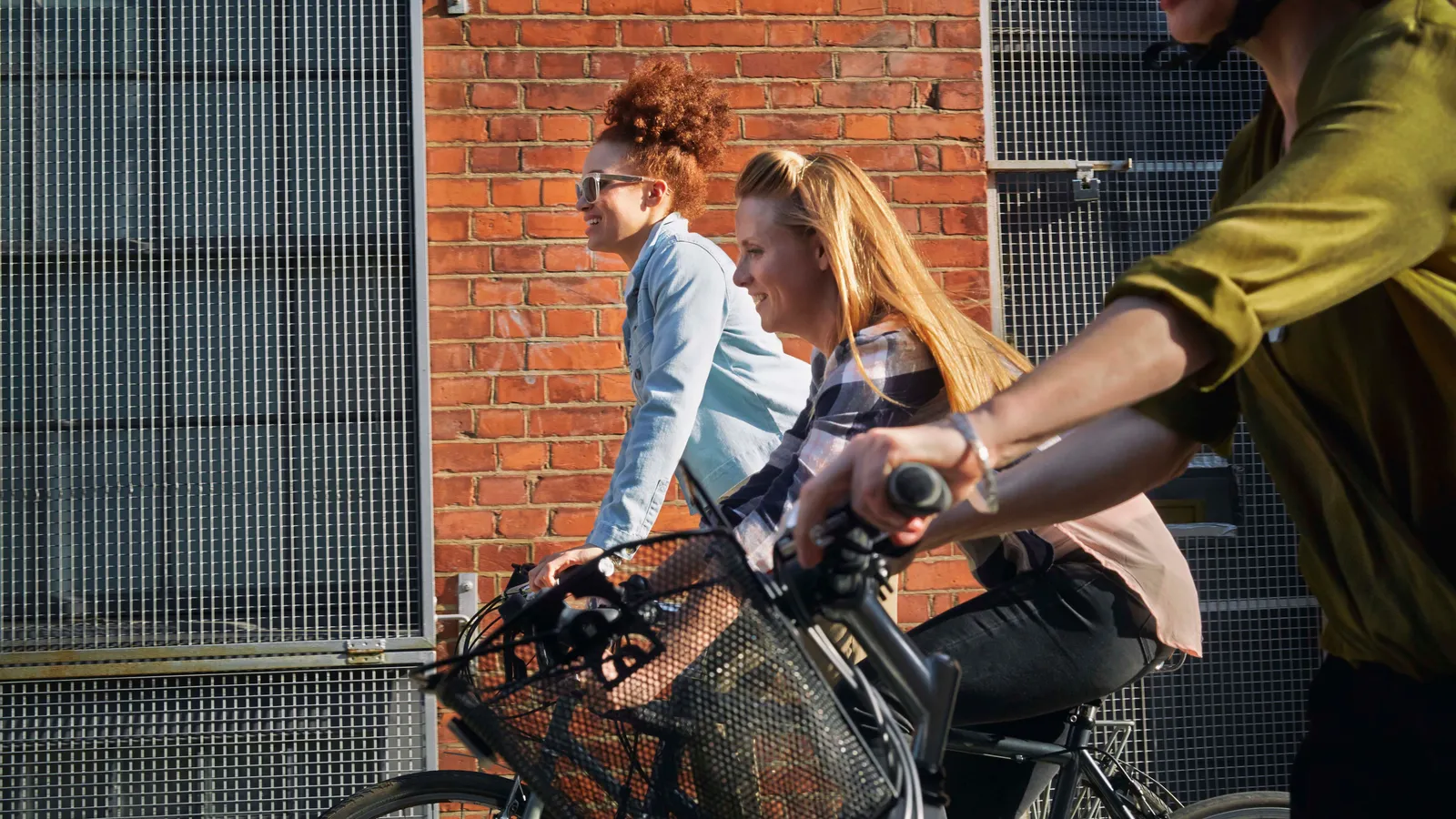
Low-carbon design of buildings can also go hand in hand with features that help mitigate the existing impacts of climate change, such as high temperatures and heavy rainfall.
Green roofs and walls – which sequester carbon dioxide, reducing air pollution – also help insulate buildings, reducing energy demand, as well as absorb stormwater, reducing flood risk.
Improving energy efficiency in buildings is vital. This means designing to reduce the amount of energy needed to heat, cool and light them. Robust insulation plays a big role, as do airtight doors and windows, LED lighting, minimised glazing and carefully planned orientation.
Power
How we get and use our energy both depletes natural resources and emits GHG. Heating, for instance, accounts for over a third of the UK’s GHG emissions. But the transition from burning coal and gas to renewable, low-carbon energy sources – such as solar, hydroelectric, wind and geothermal – has already begun.
Local energy can also significantly cut emissions. Instead of relying on the gas or electricity grids, with power generated in stations outside of London, energy is generated and supplied locally, such as through solar panels or district heating networks.
District heating – in which heat is generated in a centralised location and distributed locally through a system of insulated pipes – can use fossil fuels, but are increasingly using renewable, low-carbon sources. London, at last count in 2013, had 920 district heating networks – and more are being developed.
The transition to local energy networks often requires having energy centres within the city. The new Bunhill 2 Energy Centre in Islington expands an existing district heating network.
Created on the site of a Tube ventilation shaft, it uses waste heat from the Northern Line to sustainably heat buildings in the neighbourhood. Designed by Cullinan Studio, it stands out with a copper-hued, intricately patterned metal exterior.
Another district heating network centre, the Greenwich Peninsula Low-Carbon Energy Centre, is also celebrated in the cityscape, featuring an eye-catching, geometric, silver flue tower designed by British artist Conrad Shawcross.
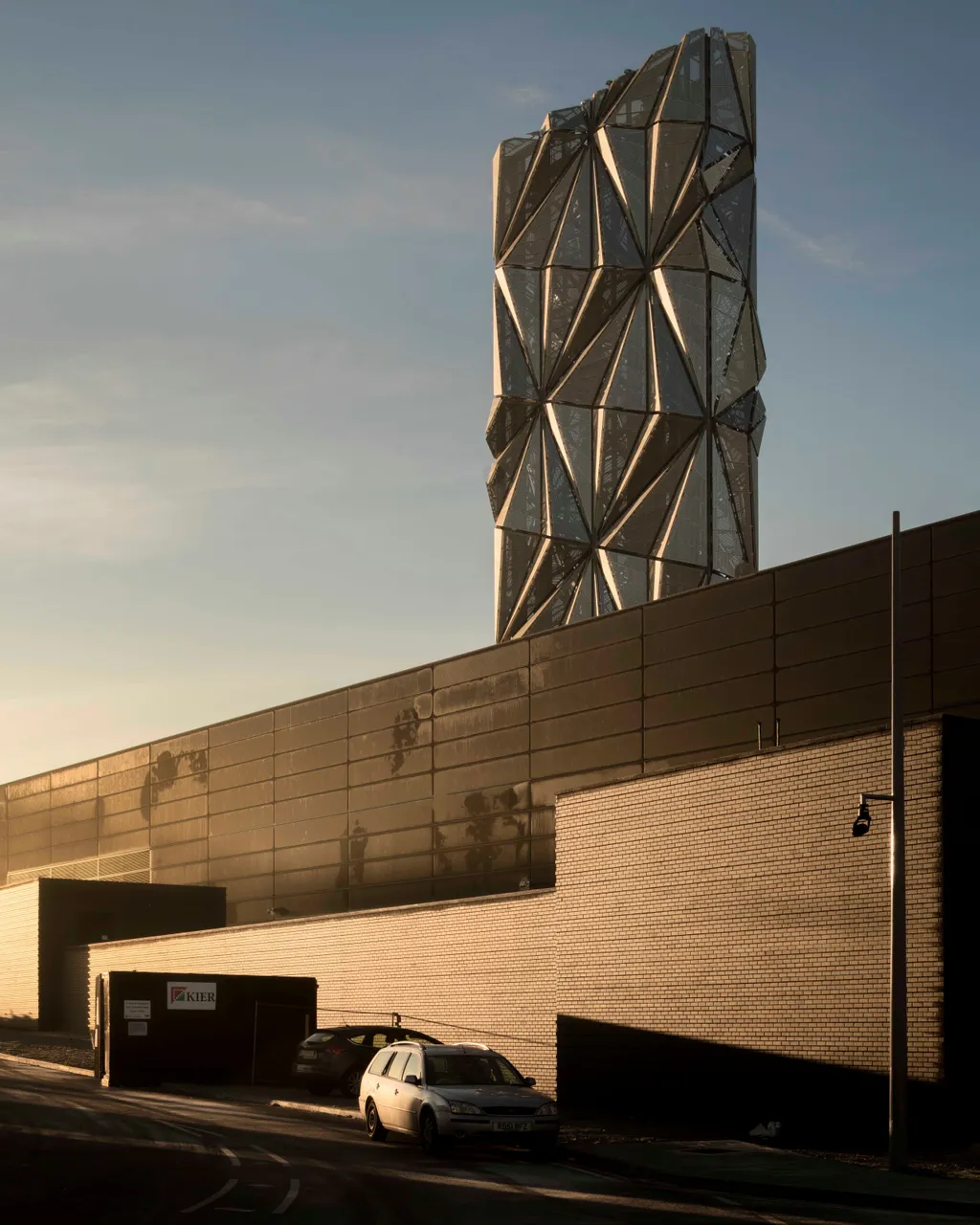
Repowering London, an organisation founded by Afsheen Kabir Rashid, works in partnership with communities to create local, renewable energy networks. “We want to scale community energy across London and empower local residents, community groups and businesses to take action on climate change,” says Rashid.
Repowering’s existing eight energy co-ops across London have installed 532 kW of solar panels that will save 2,200 tonnes of CO2 emissions over their lifetime.
“Our achievements to date are modest, but imagine what we can achieve if there was strong local and national government support with stable and enabling energy policies alongside financial support,” says Rashid.
Waste
When transported, incinerated or decaying in landfill, waste is another large source of carbon emissions, representing a throwaway economy dominated by the constant production of new single-use items.
London produces seven million tonnes of waste each year, 41% of which is recycled. The current mayor’s target is to reduce food and associated packaging waste by 50% by 2030, including through funding new water fountains to help Londoners cut down on single-use plastic bottles.
His vision also promises to recycle 65% of waste by 2030, and ensure that no biodegradable or recyclable waste will be sent to landfill by 2026. Non-recyclable waste would then be converted into renewable energy that would be used to heat and power homes.
But it’s not just the use of items that needs to be reduced. As the climate changes, and global population soars, natural resources will continue to become ever scarcer.
Managing and storing surface water – through features such as Sustainable Urban Drainage Systems, green roofs and rainwater harvesting – can help make our use of water more efficient. Urban food farms can help feed local, growing populations without depleting resources or relying on GHG-emitting transportation.
People
So what does this all look like, in terms of London’s landscape? On its streets, we’d see far fewer cars – with those that remain likely to be both electric and shared. More space would be given over to pedestrians, bikes, emission-free micromobility and greenery.
Fully segregated bus lanes could help to make buses more efficient, and a greater coverage of light, electric rail could provide increased public transport capacity with relatively low environmental impact.
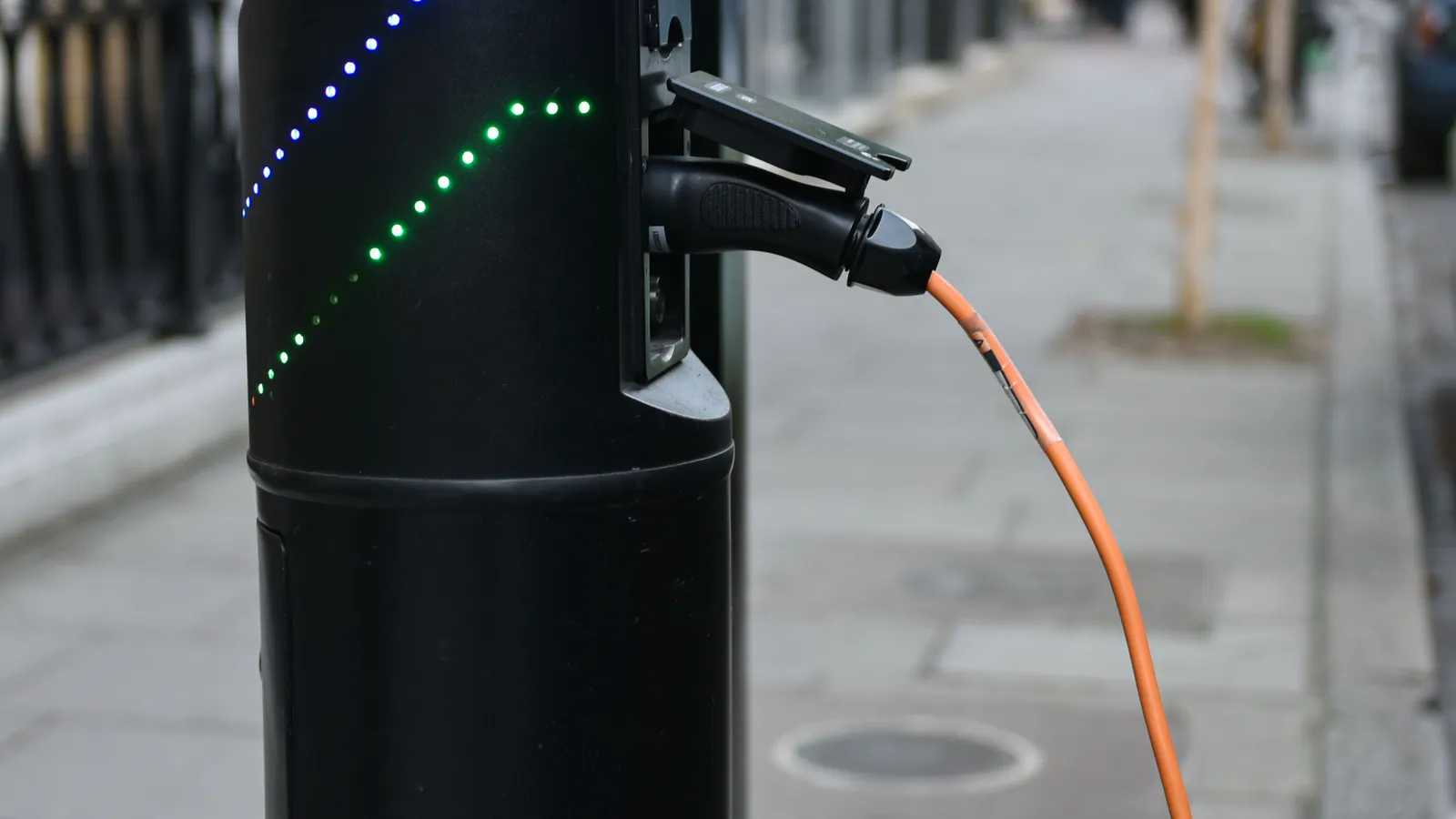
Perhaps there would be fewer rubbish bins and more recycling hubs, with water fountains on street corners and a series of beacon-like, low-carbon energy centres becoming local landmarks.
Instead of tall, steel and glass buildings and low-rise, spaced-out houses, we might see a city which is dense yet medium-rise – to accommodate a growing population without sprawling into the countryside – with buildings made of brick, stone and wood, their rooftops and surrounding spaces hosting solar panels, greenery and vegetable gardens.
Ultimately, though, so many of the changes needed would not be immediately visible – and a lot of the work means enhancing the city that already exists. When we think of a future, cleaner, greener London, we might envisage high-profile, statement green architecture.
But the reality of the necessary changes will be far more systemic, like pedestrianised streets, cycle superhighways and an absence of fossil-fuel powered cars.
Achieving the net-zero city has to involve everyone. If a dramatic change to lifestyles is needed, then steps have to be taken to make that convenient, accessible and affordable for all.
“We know technological fixes are not good enough by themselves – and we need to bring people with us if we want to sustain the behaviours of a low-carbon lifestyle,” says Repowering’s Rashid. “Empowered citizens are essential to achieving net zero and creating a climate-resilient London.”

